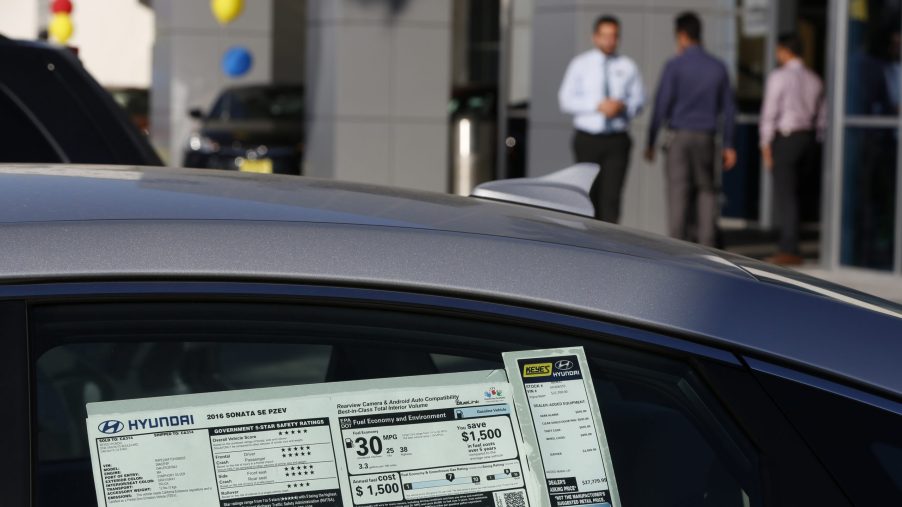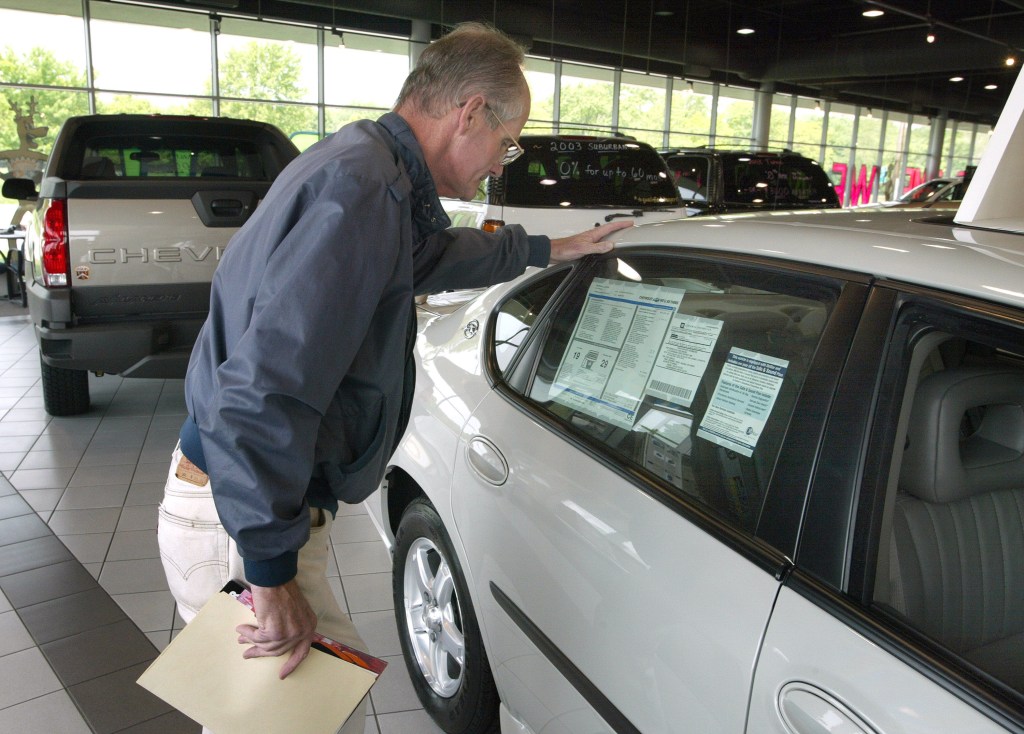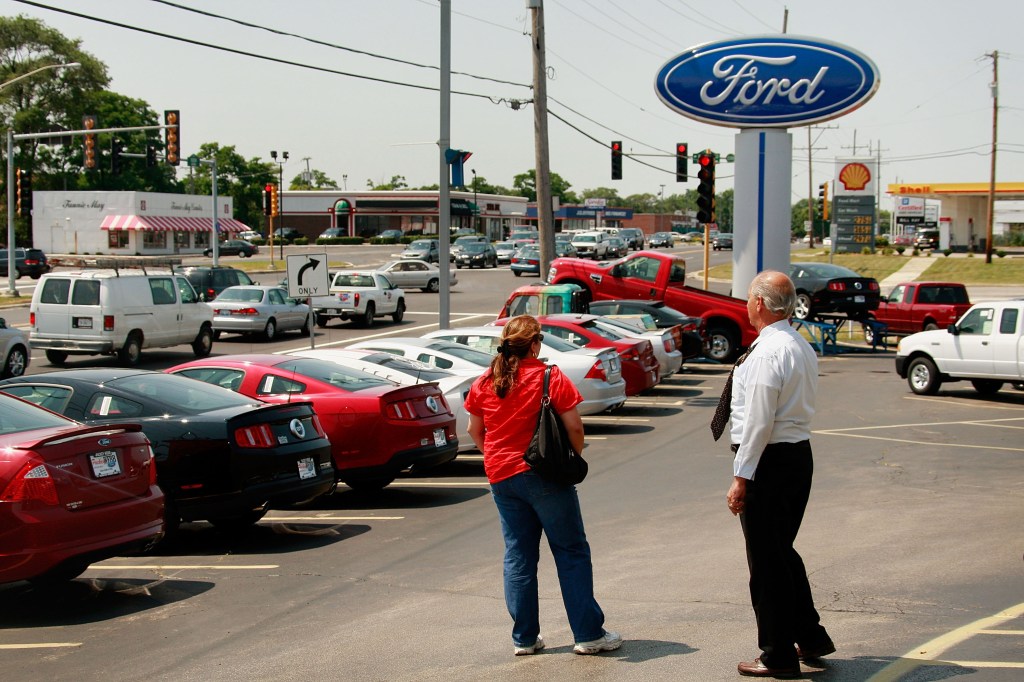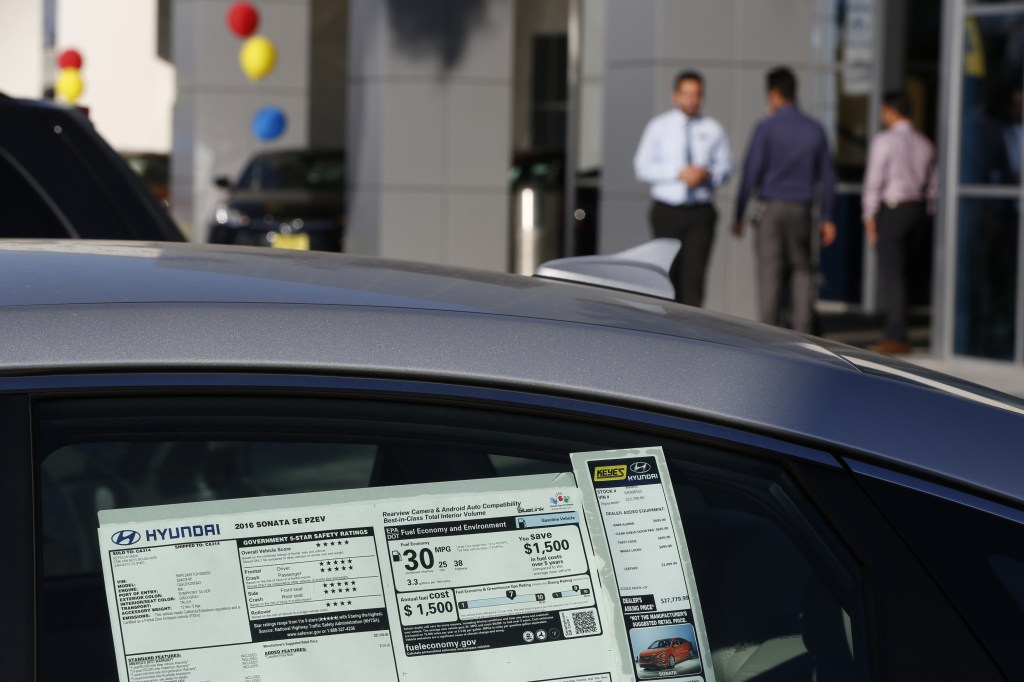
Is Getting the ‘Invoice Price’ on a New Car a Good Deal?
When shopping for a new car, it can be daunting trying to figure out how much you should pay in order to get a good deal. Of course, you could always try and negotiate with a car salesperson by calling out random lowball numbers hoping that they come to a lower price that you’ll be happy with. But it actually pays to know what you’re looking at when they present you the final price of the car.
In that case, it’s important to understand the difference between a car’s MSRP and invoice price But is buying a new car for its invoice price generally a good deal?
What is a car’s ‘invoice price?’

The invoice price of any new car is the price that the dealer pays the manufacturer for the car, reports Car and Driver. If a buyer pays more than the invoice price of the car, then the dealer gets to keep the profit, as does the salesperson that sold the car. However, you can, in some cases, negotiate the car’s price to lower than the invoice amount.
The invoice price is technically only an estimate
While any dealer will handily tell you that the car’s invoice price is the price that they pay the manufacturer, that’s not technically true. Car and Driver also report that a new car’s invoice price is essentially a rough estimate, as there are other factors involved.
One factor is called “hold back,” which is a portion of the car’s MSRP (suggested full price) or the invoice price. After the car is sold, the manufacturer will typically give the holdback percentage to the dealer for selling it.
This goes to show that the invoice price is not the dealer’s rock-bottom price for the car as you can technically use the additional hold back as a negotiation tool. Just keep in mind that not every dealer will be willing to subtract their hold-back percentage from the deal, but it’s always worth a shot.
Negotiating the price of the car

When starting negotiations with a car dealer, most buyers will tend to start from the MSRP and work their way down to the invoice price or below. However, Car and Driver recommends starting from the dealer’s cost and moving up, instead. In order to negotiate in this fashion, you can ask the salesperson for the invoice price of the car when you sit down to talk about pricing.
Most salespeople nowadays will handily show it to you in order to show you why you’ll need to pay a little more than the invoice price since that’s what they would want. But if you stick to your guns and hold firm on getting the invoice price or below it, then you could get a much better deal than you thought.
Is the invoice price a good deal?

In some cases, yes. For example, if the car that you’re buying is in high demand, then you could be lucky to even get to the invoice price, to begin with. In that case, buying the car at invoice would be a good idea.
But considering there are factors like holdback and other incentives that dealers get from the manufacturer, you could be leaving money on the table by accepting the invoice price. According to Car Direct, you should pay no more than 5% over the car’s invoice, if not much less, in order to get a good deal. So anything less than the invoice price would be great, if not ideal.



